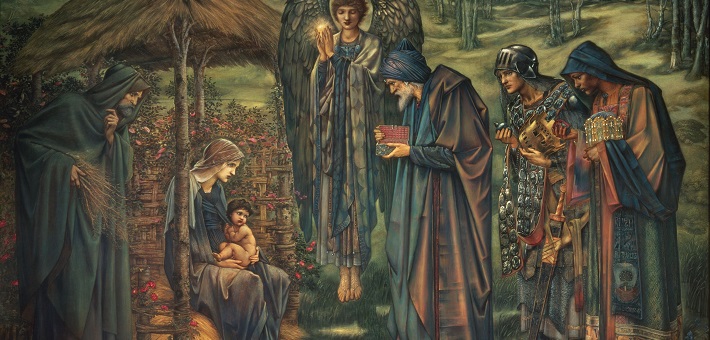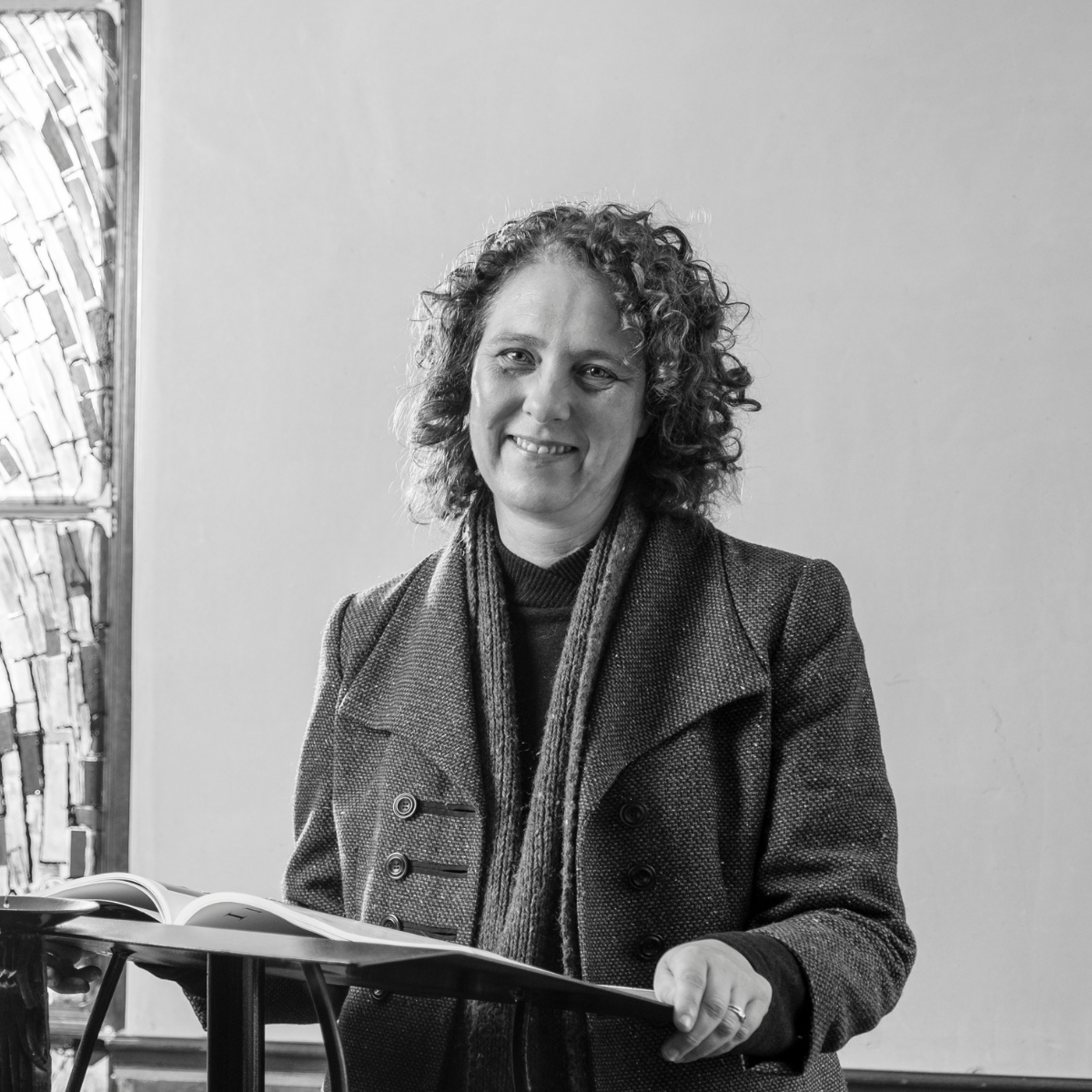Commentary on Isaiah 60:1-6
Isaiah 60:1-6 commences with two imperatives, “arise” and “shine,” directed to the City of Zion (see also the feminine singular form that corresponds with Jerusalem who typically is portrayed in female terms as Daughter/Mother Zion). These verbs indicate a renewed sense of agency after a long period of inactivity, which is intrinsically connected to the good news that “your light,” equated to the glory of God (kabod), finally will come. The presence of God will be like a bright shining light, breaking into the darkness, appearing in a context in which people, for a very long time, profoundly experienced God’s absence.
Isaiah 60, typically taken to be part of Trito-Isaiah, continues the theme of the great homecoming that was central to Deutero-Isaiah (Isaiah 40-55), and that envisioned the return of the exiles and the rebuilding of Jerusalem in a myriad of innovative ways. In Isaiah 60:1-6, the effect of the new dawn breaking after darkness has enveloped the earth is that the nations will be streaming to the light that has enveloped Jerusalem. In this regard, one is reminded of a parallel text in Isaiah 19:23-24 that imagines a highway running from Egypt to Assyria to Israel. On this highway, all three nations will be traveling freely and worshiping together with God, saying: “Blessed be Egypt my people, and Assyria the work of my hands, and Israel my heritage.” This return is couched as a truly global event, with nations traveling to Jerusalem to revel in the light, drawn to the “brightness of your dawn” (verse 3).
The theme of foreigners traveling to the light extends into the New Testament as well. The image of camels from afar carrying gold and frankincense in verse 6 is taken up in Matthew 2:11 in the account of the wise kings coming to pay homage to the newborn king. This text thus traditionally is read in terms of the Feast of Epiphany or Three Kings Day, which draws on the Greek word epiphaneia, which literary means “manifestation,” of an Emmanuel God with us, who brings light and life in places of darkness and despair.
Like so many biblical texts, Isaiah 60:1-6 can be, on the one hand, a source of hope and healing as this text imagines an end to war and forced migration and being delivered from bondage, suffering, poverty, and hunger. For the first readers who were struggling with rebuilding their lives after the wreckage of war, this text imagines a new dawn breaking, a counter-world in which God, in the form of God’s glory (kabod), once more appeared in their midst, which serves as a source of salvation and blessings to come. In verse 5, we read that the effect of this manifestation of God’s glory is that the people will see the light and be radiant themselves, rejoicing after years of great sadness.
This line of interpretation has also been taken up in the Messianic tradition, with the birth of Christ serving as the epitome of this hope for deliverance. One sees this interpretation represented particularly well evident in Handel’s Messiah that draws on these texts, adding glorious music that we listen to each Advent and Christmas. A central feature of Handel’s Messiah is how it artistically interweaves texts from Isaiah 40 and 60, for example, when Isaiah 60:1 is combined with Isaiah 40:9–10: “O Thou that tellest good tidings to Zion … Arise shine for thy light is come.” Moreover, Isaiah 60:2 is combined with Isaiah 9:2: “For behold darkness shall cover the earth … The people that walked in darkness,” followed by the chorus from Isaiah 9:6, “For unto us a child is born” (Sawyer, Isaiah Through the Centuries). Every year when we hear these texts proclaimed through Handel’s masterful musical rendition, we are reminded that no matter how dark, how desolate our personal and collective lives may have become, once more, light has broken into the dark, and we are encouraged to “arise and shine.”
However, on the other hand, this text has a dark side that preachers should do well to keep in mind. The reference to the nations, with their wealth, streaming to the New Zion with God reigning over all is quite troubling in terms of an imperial, colonial history of Christianity’s problematic relationship with the Empire, which postcolonial critics have described as the conflation of “God, Gold, Glory.” It is interesting that the title of Adam Smith’s book The Wealth of the Nations, whose ideas of capitalism and free markets have definitively shaped our world, and not always in good ways, can be traced back to Isaiah 60:5. From a postcolonial (decolonial) perspective, the idea that the provinces and other countries willingly give up their riches and their natural resources for the benefit of the center, is problematic indeed. Such an idea moreover confirms how the Bible not only emerged in the shadow of one Empire after the other (Assyrian, Babylonian, Persian, Graeco-Roman), but also mirrored its literature in an act of mimicry on imperial images and worldview.
And yet, if one reads Isaiah 60 as the product of a small, insignificant people, a broken group of survivors amidst the rubble, one understands that this text is an act of wishful thinking. The hopeful message directed to the people of Yehud is designed to help its first readers raise their eyes from the stark and devastating challenges that made up their current reality. However, one also should remember how different this text may sound when used by those in power. Such a view of the world may inflict great harm, intentional or unintentional, particularly upon those individuals who live in countries whose lands have been ravaged and sucked dry by empires, old and new. Perhaps Isaiah 19’s equally revolutionary message that imagined trade as going back and forth between epicenters, in addition to the notion of a God who values each of the nations on their own terms, might help one to think not just in binary categories of center versus margins, but rather corresponding better to the complex web of interconnections that our global village has become.


January 6, 2023